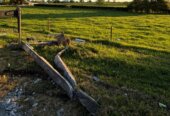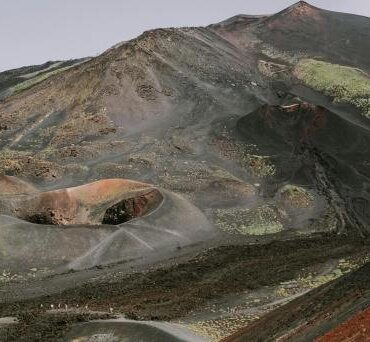
Volcano, Sicily, Italy. Photo: Matteo Badini: pexels.com
A pyroclastic flow made headlines last week after an eruption at the frequently active Mount Etna — a timely reminder of just how dangerous these volcanic phenomena can be.

Janine Krippner
When I discovered, at age 13, that “volcanologist” was a real job, I also learned about pyroclastic flows — and I knew then that I wanted to study them.
Pyroclastic flows are among the deadliest natural processes on Earth. Their extreme hazard comes from a combination of high speed, searing temperatures, and their composition: fast-moving clouds of fragmented rock and volcanic gas.
These flows fall under a broader category called pyroclastic density currents, which vary in rock-to-gas ratio. At the high-rock-content end of the spectrum are block-and-ash flows, typically generated by the collapse of large lava domes — those steep mounds of near-solid lava that build up around a vent. On the other end are pyroclastic surges, dominated by gas and fine volcanic ash (which is pulverised rock). Pyroclastic flows sit somewhere in the middle, and this is also the term is often used more generally in hazard communications.

Etna over Catania City. Photo: Oscar M, pexels.com
Then there are ignimbrites — massive deposits of pumice-rich pyroclastic material. These form during large, caldera-forming eruptions, like those that occurred in the distant past along the Coromandel, near Rotorua, and (more recently, though still long ago) around Lake Taupō.
All pyroclastic flows are hot — often reaching temperatures around 800˚C. These temperatures can ignite or char anything flammable in their path. Phreatic eruptions, which are driven by steam pressure (sometimes venting through crater lakes), can be cooler — but still dangerously hot at several hundred degrees.
Recent eruptions have shown us the heartbreaking toll of surviving even a lower-temperature flow — the long, painful recovery, and the lifelong impacts on victims and their loved ones. My heart truly goes out to them.
You’ve probably seen the epic movie scenes — characters fleeing a pyroclastic flow in a car, a plane, or in a rolling ball surrounded by dinosaurs. In reality, humans simply aren’t fast enough. The only sure way to survive a pyroclastic flow is not to be in its path.
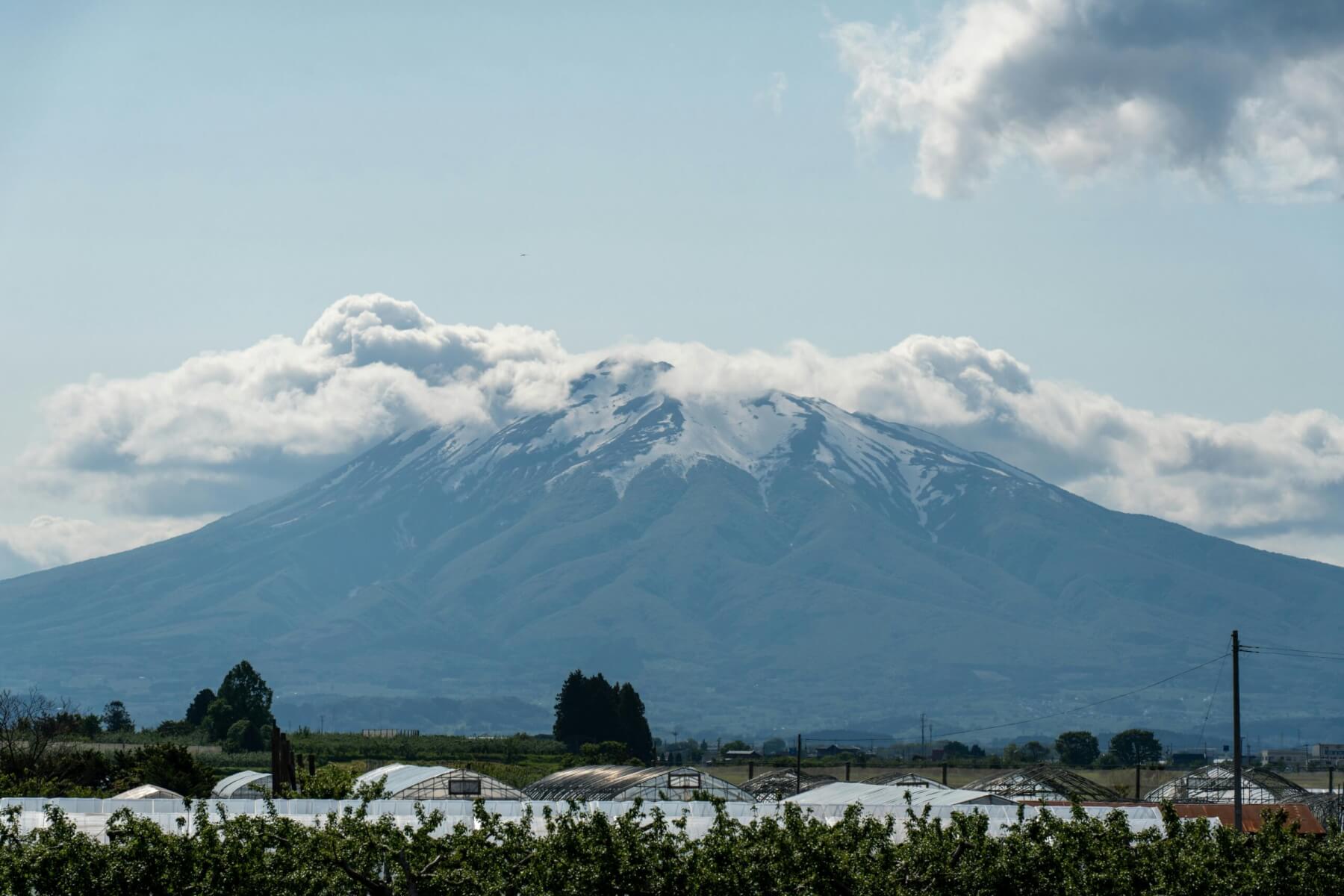
Scenic View of Mount Etna with Cloud Cover. Photo: Robert Schwarz, pexels.com
The solid components of a pyroclastic flow are made up of quenched (rapidly cooled) magma that has been violently fragmented by expanding volcanic gases. These gases were once trapped under pressure inside the magma, and when that pressure is released — like opening a shaken bottle of Coke — the gas expands explosively.
Within the flow, large rocks can still be present — big enough to tear through forests or buildings. Even without the large blocks, the force of the flow itself can flatten entire landscapes.
This is why volcano monitoring matters, and why exclusion zones are enforced Between AD 1500 and 2017, pyroclastic density currents were responsible for around 60,000 deaths, the dominant cause of fatalities within 5 to 15 km of a crater.
It’s important to understand the different volcanic processes that can occur, so we recognise the seriousness of warnings when they come. We’re fortunate to live among stunning volcanic landscapes — but these landscapes are active, and one day, they will erupt again. That includes the potential for pyroclastic flows.
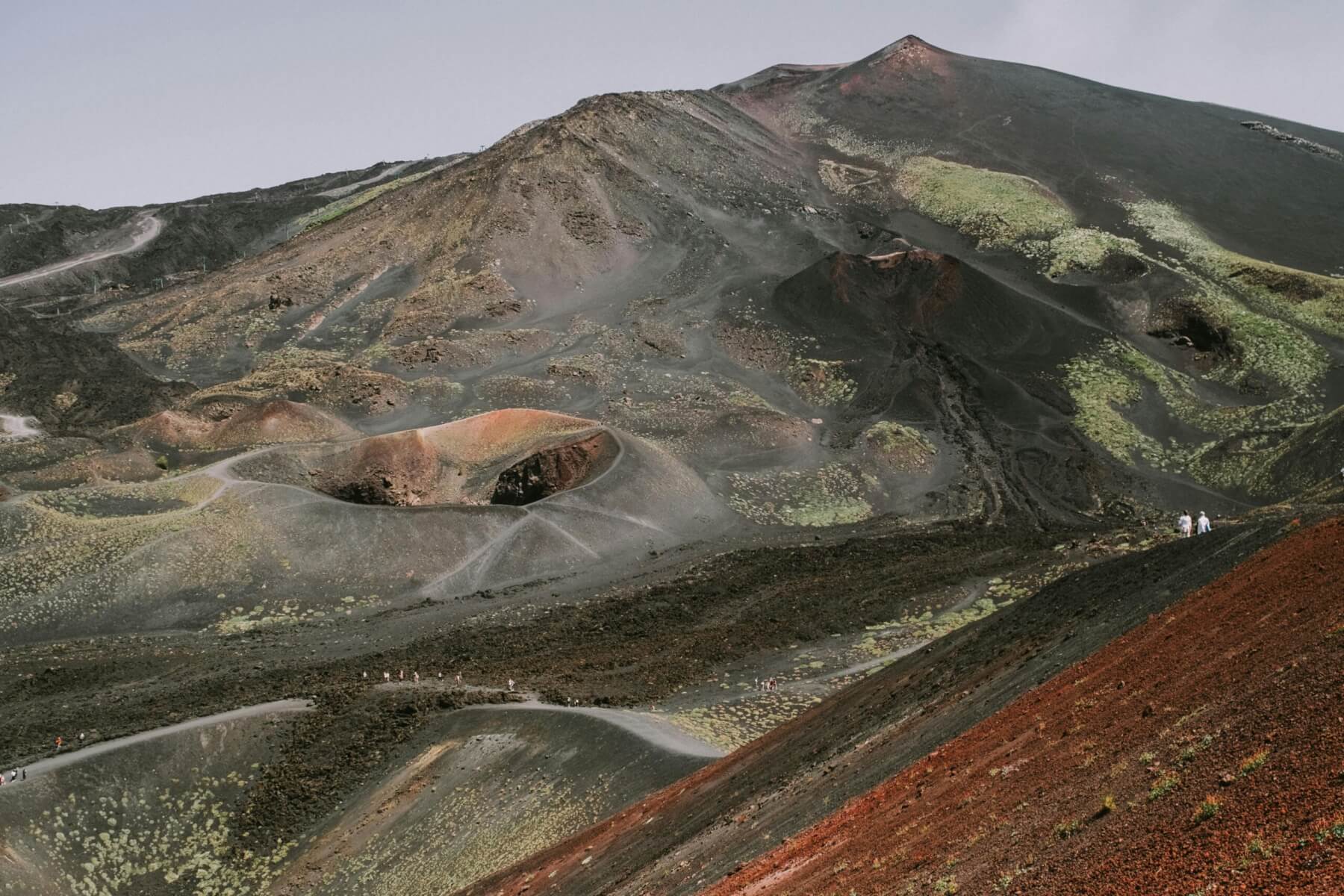
Photo: Matteo Badini, pexels.com
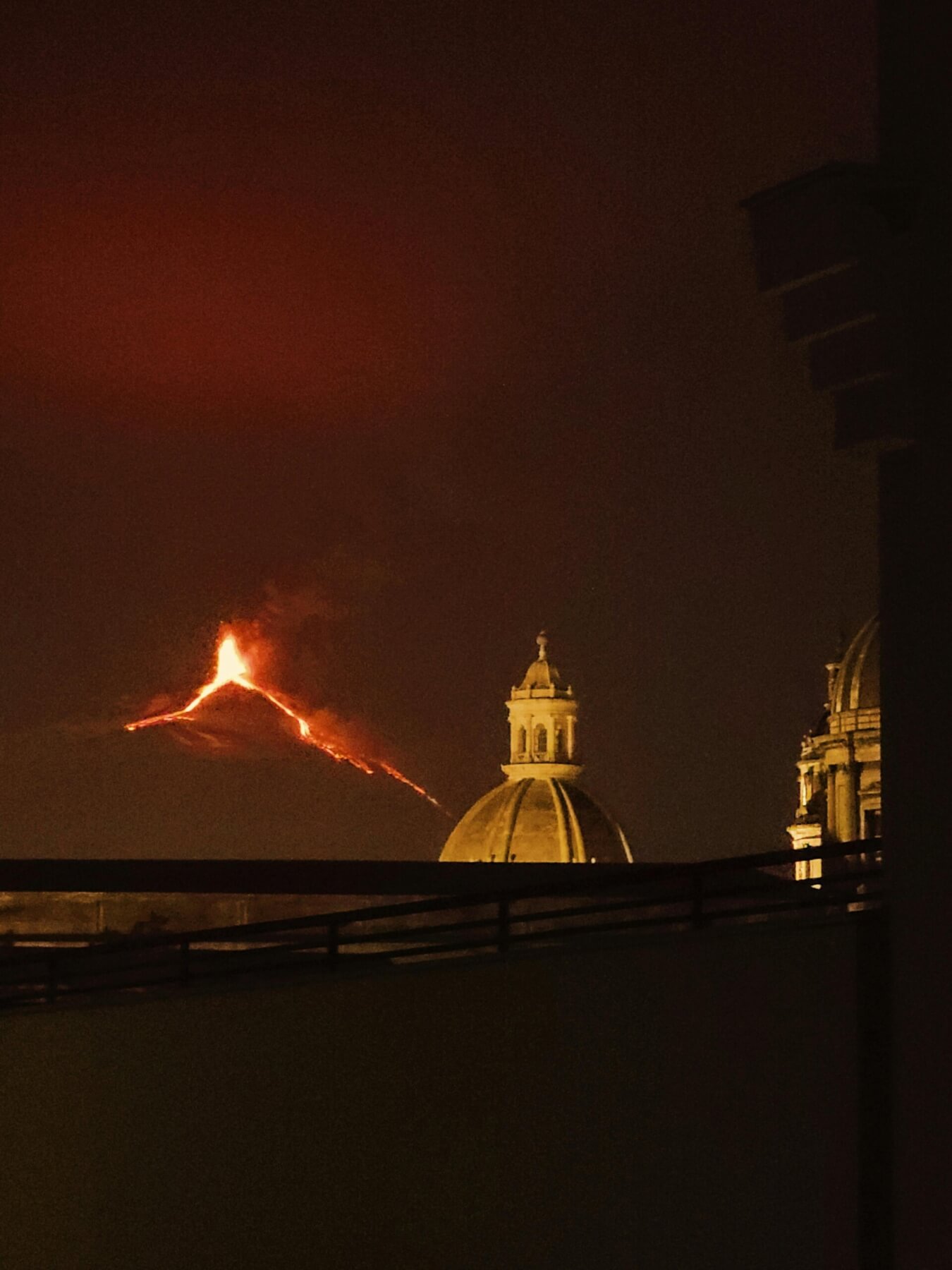
Etna at night. Photo: Karl K. pexels.com





